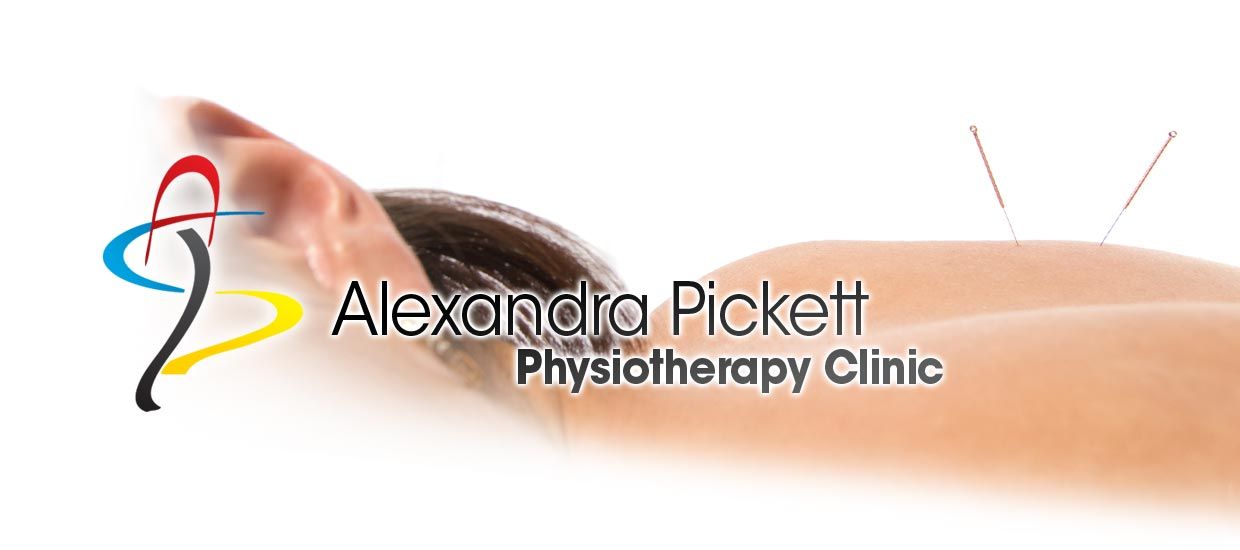FROZEN SHOULDER
What is 'frozen shoulder'?
Typically the joint becomes stiff and initially painful, often starting without an apparent cause. The loose bag ( capsule ) around the shoulder joint becomes inflamed, the bag appears to tighten or shrink. This tightening combined with the pain restricts the movement.
Why does it occur?
A primary frozen shoulder is when the exact cause is not known. It is more common in people with diabetes and with a thyroid gland problem. About 15% of patients link it to a minor injury to the shoulder.
A secondary frozen shoulder can develop if the shoulder area is kept still for some time, for example, after a stroke or heart attack. It can also occur after major injury or surgery to the shoulder.
How common is it?
It is most common in people between the age of 40 and 70 years and has been estimated to affect at least one person in 50 every year.
It is a difficult condition to treat.
What is likely to happen?
There are 3 main phases:
Painful Phase ( which can last from 2-9 months)
The pain often starts gradually and builds up. It may be felt on the outside of the upper arm and can extend down to the elbow and even into the forearm. It can be present at rest and is worse on movements of the arm. Sleep is often affected, as lying on it is painful or impossible. During this time movements of the shoulder begin to reduce.
Treatment in the Painful Phase:
During the painful 1st phase the emphasis is on pain- relief. Therefore painkilling tablets and anti–inflammatory tablets may be prescribed. You can also use heat, such as a hot water bottle or cold packs.
Sometimes acupuncture can be offered.
Injection into the joint may also be offered if the pain continues. This is not suitable for every patient.
Physiotherapy at this stage is directed at pain relief. Forcing the joint to move at this stage can make it more painful.
Stiff phase ( which can last from 4 to 12 months )
The ball and socket joint becomes increasingly stiff, particularly on twisting movements such as trying to put your hand behind your back or head. These movements remain tight even when you try to move the shoulder with your other hand. It is the ball and socket joint which is stiff. The shoulder blade is still free to move around the chest wall.
Treatment in the Stiff Phase
During the 2nd stage, when stiffness is more of a problem than pain, physiotherapy is indicated. You will be shown specific exercises to try and get the ball and socket moving. In addition, the therapist may move the joint for you, if appropriate, trying to regain the normal glides and rolling of the joint.
If movement is not changing with these measures, physiotherapy will be discontinued, although it is appropriate to continue with the suggested exercises. Try and maintain the movements that you have.
Hopefully as the recovery phase starts you will find that the movement gradually increases. This again, can be a useful time to have physiotherapy to help maximize the movements.
The Recovery Phase ( which can last from 5 to 28 months )
The pain and stiffness starts to resolve during this phase, and you can begin to use your arm in a more normal way. The total duration of the process is from 12 to 42 months, on average lasting 30 months.
These three phases might vary from patient to patient.
Although there are some guidelines on what we can do for frozen shoulders, research is ongoing. Ultimately the shoulder appears to go through the three phases described and no treatment has altered this pattern.
The important thing is to realize that although the pain and stiffness can be very severe usually the problem does resolve. It will not bother you for ever.









